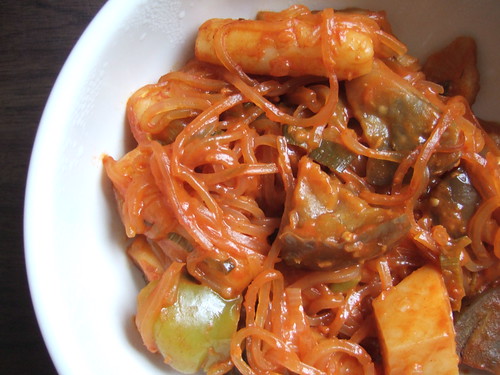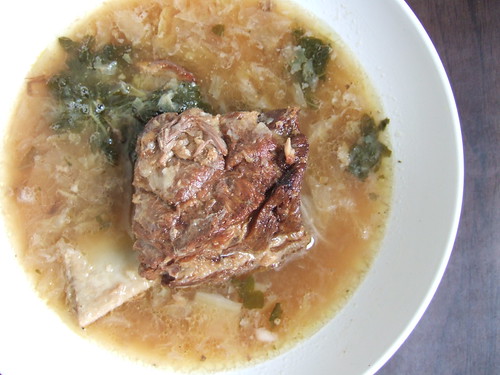Second floor, Whole Foods Market
95 East Houston Street corner of Bowery
$20 all you can eat sushi, without tip
♥
I didn’t expect high quality sushi when I saw the sign for all you can eat sushi for $20 at Whole Foods on Bowery, but I was curious enough to pull two co-workers with me to try out Sushiya’s latest promotion. We dodged the long lines at street level and propped ourselves up the bar stools in front of the conveyor belt sushi bar. At Sushiya, what you see is what you get, and we got a lot of rice.
There were some tuna, eel and salmon; some roe and a torn piece of arugula on a maki; crab and shrimp on spiced onigiris; seaweed salad, edamame and the out-of-place Vietnamese summer rolls. The makis came more often than the sushis, though the servers behind the bar quickly made them whenever we requested. We had the bar to ourselves when we visited and yet they always replaced the plates at the other end of the belt–perhaps to try and slow us down from eating all their inventory. In the end, we counted about thirty empty plates which is about 20 pieces per person for a total of $60. Oh, I think I just threw up a little in my mouth.
All in all, $20 is pricey for lunch even around the East Village and SoHo, but it’s quite fun to wait for the colorful plates to come your way and pick sushi, makis and onigiris from the magnetic conveyor belt.
Related post/s:
All you can eat sushi at Sushiya photos on Flickr
Save your money and go to Sushiden





